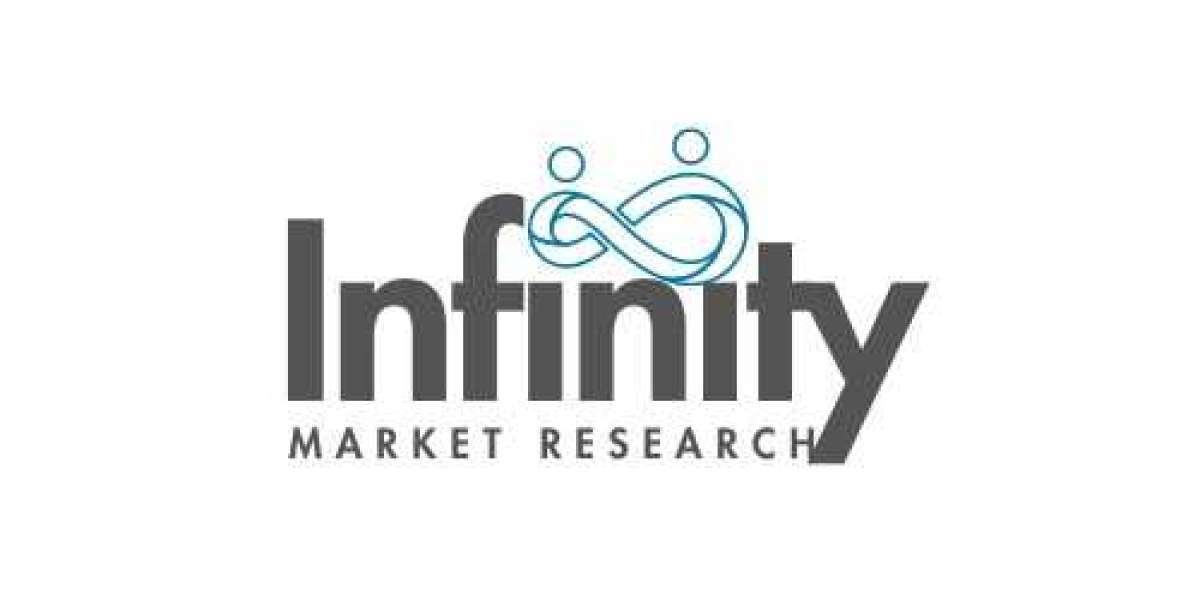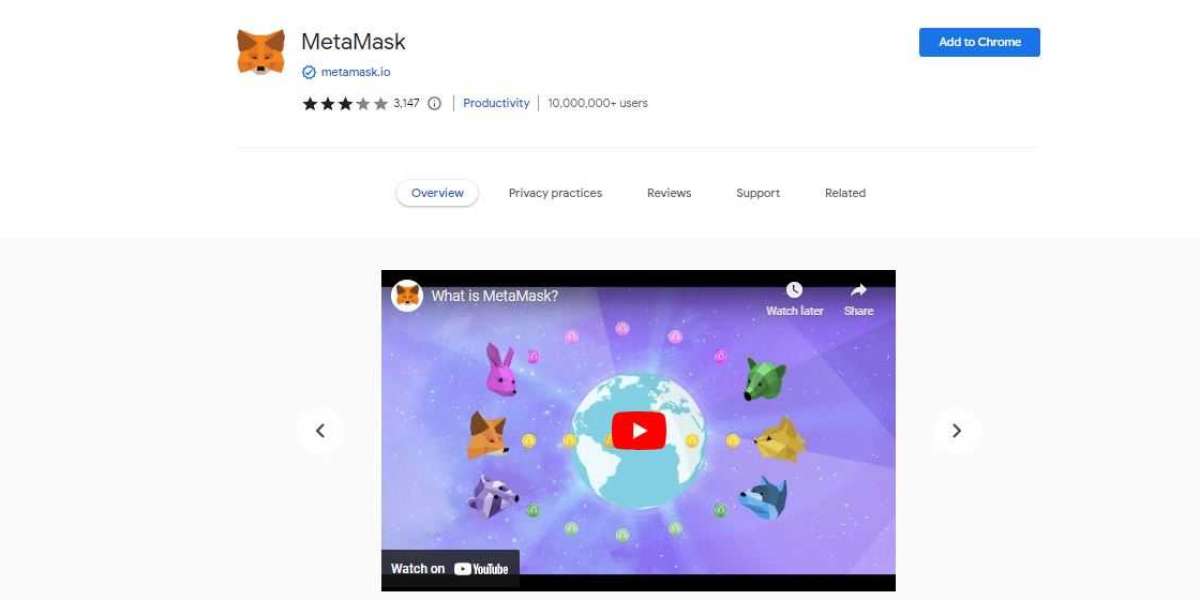Antisense therapy represents a burgeoning field in genetic medicine, targeting the root cause of various genetic disorders. By using synthetic strands of nucleic acids, antisense therapy can inhibit the expression of specific genes, thereby addressing the underlying genetic issues that lead to diseases. This innovative approach has the potential to revolutionize treatment options for a wide range of conditions, including cancer, neurodegenerative diseases, and viral infections. This article delves into the current landscape of the antisense therapy market, highlighting its growth drivers, challenges, key players, and future prospects.
The Global Antisense Therapy Market is projected to reach approximately USD 21.7 Billion by 2033, increasing from USD 3.6 Billion in 2023, with a compound annual growth rate (CAGR) of 19.7% throughout the period from 2023 to 2033.
Market Growth Drivers
- Advancements in Genomic Research: The rapid progress in genomic research has paved the way for the development of targeted therapies. With a deeper understanding of the human genome and disease mechanisms, scientists can design more effective antisense oligonucleotides (ASOs) that specifically target disease-causing genes.
- Increasing Prevalence of Genetic Disorders: The rising incidence of genetic disorders, such as Duchenne muscular dystrophy (DMD), spinal muscular atrophy (SMA), and certain types of cancer, has created a pressing need for innovative treatments. Antisense therapy offers a promising solution by directly addressing the genetic abnormalities responsible for these conditions.
- Regulatory Approvals and Clinical Successes: Recent regulatory approvals of antisense drugs, such as Spinraza (nusinersen)for SMA and Exondys 51 (eteplirsen) for DMD, have bolstered confidence in antisense technology. These successes demonstrate the therapeutic potential of ASOs and encourage further investment in research and development.
- Collaborations and Partnerships: Strategic collaborations between biotech firms, pharmaceutical companies, and academic institutions are accelerating the development and commercialization of antisense therapies. Such partnerships facilitate knowledge exchange, resource sharing, and streamlined pathways to market.
Market Challenges
- Delivery Mechanisms: One of the significant challenges in antisense therapy is the efficient delivery of ASOs to target cells and tissues. Developing delivery systems that can ensure stability, specificity, and minimal off-target effects remains a critical area of research.
- Off-Target Effects and Toxicity: While antisense therapies are designed to be highly specific, there is still a risk of off-target effects that can lead to unintended consequences. Ensuring safety and minimizing toxicity are paramount for their clinical success.
- Cost of Development and Treatment: The development of antisense therapies involves significant investment in research, clinical trials, and regulatory processes. Consequently, the cost of these treatments can be high, posing a challenge for widespread adoption and accessibility.
- Regulatory Hurdles: Navigating the complex regulatory landscape to gain approval for new antisense drugs can be daunting. Companies must demonstrate the safety, efficacy, and quality of their products through rigorous testing and compliance with stringent regulatory standards.
Key Players in the Market
- Ionis Pharmaceuticals: A pioneer in antisense technology, Ionis Pharmaceuticals has a robust pipeline of antisense therapies targeting a variety of diseases. Their collaboration with Biogen on Spinraza highlights their leadership in the field.
- Biogen: Known for its focus on neurodegenerative diseases, Biogen has been a key player in bringing antisense therapies to market. Their partnership with Ionis Pharmaceuticals on Spinraza is a notable success story.
- Sarepta Therapeutics: Sarepta Therapeutics has made significant strides in developing antisense therapies for DMD. Their drug Exondys 51 is a milestone in the treatment of this debilitating condition.
- Wave Life Sciences: Wave Life Sciences is advancing stereopure ASOs, which offer greater precision and potency. Their innovative approach is expanding the potential applications of antisense therapy.
Other Key Players
- Benitec Biopharma Inc.,
- Olix Pharmaceuticals Inc.,
- Sanofi,
- Arbutus Biopharma,
- Silence Therapeutics,
- Alnylam Pharmaceuticals Inc.,
- GSK plc, Bio-Path Holdings Inc.
Get Free Sample Copy Of Report: https://infinitymarketresearch.com/request-sample/1093
Future Prospects
Expanding Therapeutic Applications: Beyond genetic disorders, antisense therapies are being explored for a broader range of diseases, including cardiovascular conditions, metabolic disorders, and infectious diseases. This expansion opens new avenues for market growth.
Technological Innovations: Advances in delivery technologies, such as nanoparticle-based systems and conjugation techniques, are improving the efficiency and specificity of ASO delivery. These innovations enhance the therapeutic potential of antisense therapies.
Personalized Medicine: The shift towards personalized medicine, where treatments are tailored to individual genetic profiles, aligns well with the capabilities of antisense therapy. Personalized antisense treatments can offer more effective and targeted interventions for patients.
Increasing Investment: Growing investment from both public and private sectors is fueling the development of new antisense therapies. Venture capital funding, government grants, and strategic partnerships are providing the necessary resources for research and commercialization.
Conclusion
The antisense therapy market is poised for significant growth, driven by advancements in genomic research, increasing prevalence of genetic disorders, and successful clinical outcomes. While challenges such as delivery mechanisms, off-target effects, and regulatory hurdles persist, ongoing research and technological innovations are addressing these issues. Key players like Ionis Pharmaceuticals, Biogen, Sarepta Therapeutics, and Wave Life Sciences are at the forefront of this transformative field, paving the way for new and effective treatments. As the market continues to evolve, antisense therapy holds great promise for revolutionizing the treatment landscape for a wide range of diseases, offering hope to patients worldwide.
Releted Reports:
Antisense Therapy Market Size, Share and Analysis | Report 2033
Antisense Therapy Market Size, Share, analysis | Report 2033
Antisense Therapy Market Size, Share and Analysis | Report 2033
Antisense Therapy Market Size, Share and Analysis | Report 2033
Antisense Therapy Market Size, Share, and Analysis | Report 2033
Antisense Therapy Market Size, Share and Analysis | Report 2033
https://www.openpr.com/news/3602396/edtech-market-overview-likely-to-touch-new-heights-by-end
About US:
We at Infinity Market Research hold expertise in providing up-to-date, authentic and reliable information across all the industry verticals. Our diverse database consists of information gathered from trusted and authorized data sources.
We take pride in offering high quality and comprehensive research solution to our clients. Our research solutions will help the clients in making an informed move and planning the business strategies. We strive to provide excellent and dedicated market research reports so that our clients can focus on growth and business development plans. We have domain-wise expert research team who work on client-specific custom projects. We understand the diverse requirements of our clients and keep our reports update based on the market scenario.
Contact US:
Pune, Maharashtra, India
Mail: Sales@infinitymarketresearch.com
Website: https://infinitymarketresearch.com/







